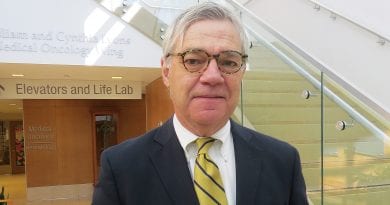What Ophthalmologists Want You to Know About Kids and Concussions
Blurred Lines
Concussion is a common injury in childhood, affecting about 1.4 million children and adolescents annually in the U.S. Many of them will find it difficult to return to play or school after a concussion because they have trouble reading or experience blurred vision, difficulty focusing, and eye fatigue.
The good news is that most of these visual symptoms resolve on their own by four weeks. However, up to one-third may need to be referred to a specialist for further assessment and treatment.
To make sure children are identified early and given proper treatment, the American Academy of Ophthalmology recently teamed up with the American Academy of Pediatrics, the American Assoc. for Pediatric Ophthalmology and Strabismus, and the American Assoc. of Certified Orthoptists to write a policy statement and clinical report, published today in the journal Pediatrics.
Because children are not always able to describe their symptoms clearly, the screening and diagnostic tools contained in the report will help guide physicians when evaluating patients with concussions.
According to the statement, specialists with experience in comprehensive concussion management — such as those in sports medicine, neurology, neuropsychology, physiatry, and ophthalmology — can help with further assessment and treatment when necessary.
The statement also identifies ‘vision therapy,’ a practice commonly promoted for the treatment of concussion, as an intervention for which there is insufficient evidence of efficacy.
“There remains a lack of high-quality evidence to support isolated treatment of visual symptoms, such as double vision or blurred vision, after concussion with vision therapy; additional study is needed,” according to the report.
Vision therapy consists of supervised in-office and at-home reinforcement exercises performed over weeks to months to improve visual functions after the concussion. In addition to exercises, lenses (‘training glasses’), prisms, filters, patches, electronic targets, or balance boards may be used.
“Early identification of children who need help and getting them appropriate care can help reduce the negative effects of concussion,” said Dr. Christie Morse, a pediatric ophthalmologist and reviewer of the statement and clinical report. “This report is important because pediatricians play a significant role in identifying children who will need school accommodations and management of the injury throughout recovery, or even extra care from a specialist. A pediatrician can recommend academic accommodations such as larger font, preprinted notes, and temporary use of books on tape.”



